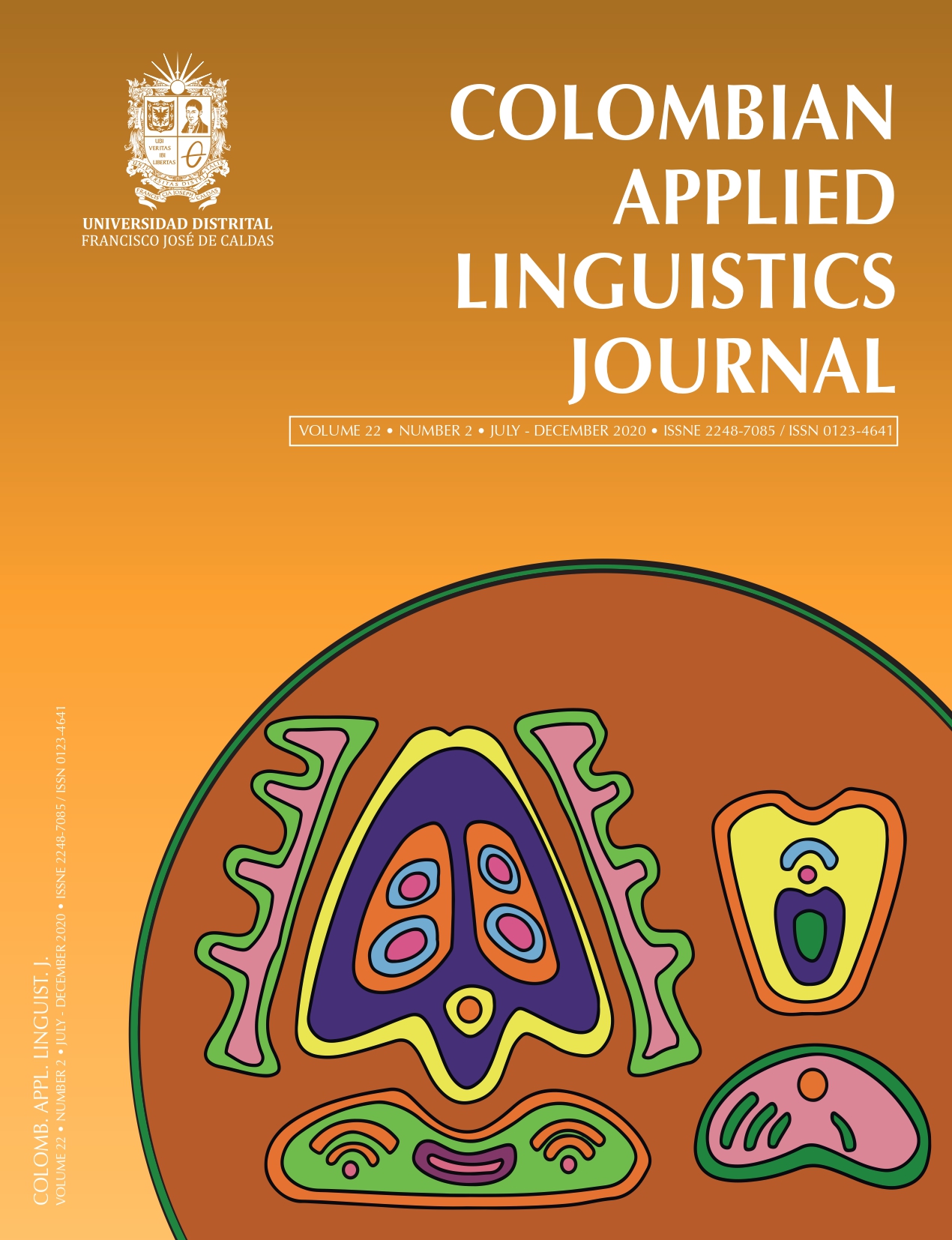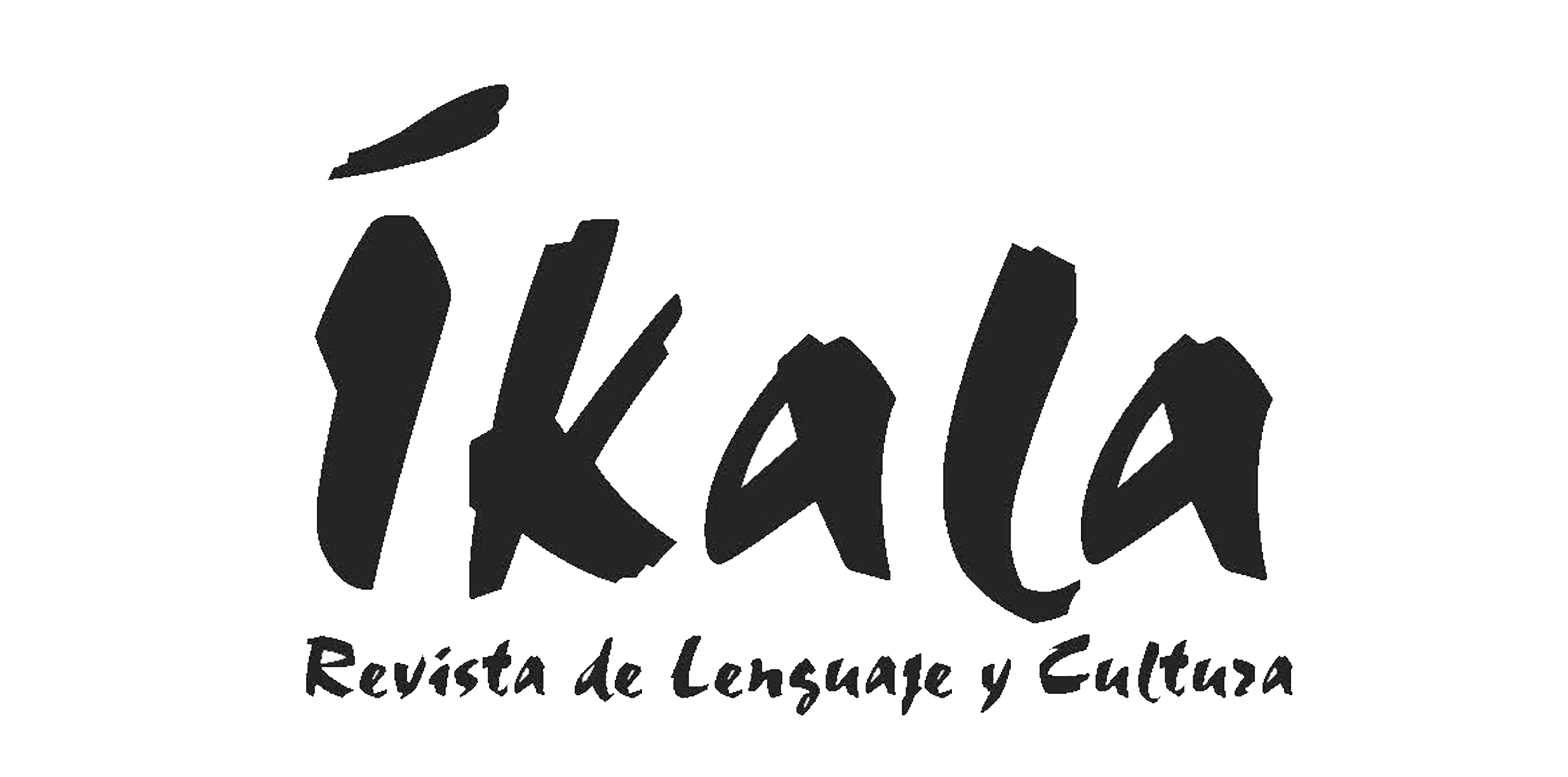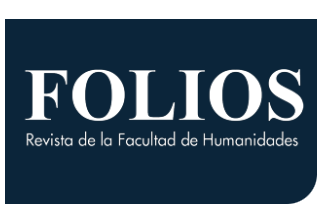DOI:
https://doi.org/10.14483/22487085.18222Published:
2020-12-22Issue:
Vol. 22 No. 2 (2020): July-DecemberSection:
EditorialEditorial
The Social Dimension of Teacher Knowledge Building
Keywords:
Editorial (en).Keywords:
Editorial (es).Downloads
References
Fullan, M. (2001). Leading in a Culture of Change. San Francisco. Jossey-Bass.
Piñeros, C. & Quintero, A. (2006). Conceptualizing about Educational Change and Pedagogical Knowledge: How Novice Teacher Researchers’ Proposals Illustrate this Relationship. Profile Issues in Teacehrs’ professional Development Journal, 7, 173-186.
Shulman, L. (1987). Knowledge and Teaching: Foundations of the New Reform. Harvard Educational Review, 57 (1), 1-23. doi.org/10.17763/haer.57.1.j463w79r56455411
How to Cite
APA
ACM
ACS
ABNT
Chicago
Harvard
IEEE
MLA
Turabian
Vancouver
Download Citation
The Social Dimension of Teacher Knowledge Building
This issue of the Colombian Applied Linguistics Journal – CALJ – contains articles that relate to one of the main goals of research, namely, to transform already existing knowledge or to produce new knowledge. Knowledge as a multidimensional notion is one that is worthy of editorial efforts. Fullan (2001) makes a distinction between information and knowledge by maintaining that information is machines and knowledge is people. The latter idea implies that individual and collective social actors play roles in transforming tacit knowledge into shared knowledge. The article authors in this CALJ issue put forward their knowledge for others to understand, debate, acknowledge or refuse it. These are the collective and interactional traits of knowledge which is the social dimension of it; information becomes knowledge when it obtains social life (Piñeros & Quintero, 2006).
The above conception applies to as much to the investigation of knowledge in general as to teacher knowledge in particular. Schulman (1987) categorizes distinct areas of teacher knowledge that relate to research in education, they are outlined in the table below:
Shulman’s Categories of Teacher Knowledge (Shulman, 1987, p. 8)
General pedagogical knowledge, with special reference to those broad principles and strategies of classroom management and organization that appear to transcend subject matter
Knowledge of learners and their characteristics
Knowledge of educational contexts, ranging from workings of the group or classroom, the governance and financing of school districts, to the character of communities and cultures Knowledge of educational ends, purposes, and values, and their philosophical and historical grounds
Content knowledge
Curriculum knowledge, with particular grasp of the materials and programs that serve as “tools of the trade” for teachers
Pedagogical content knowledge, that special amalgam of content and pedagogy that is uniquely the province of teachers, their own special form of professional understanding
The types of teacher knowledge, which find a practical realization in the set of articles in the present issue of the CALJ, are general pedagogical knowledge and pedagogical content knowledge. The former can be understood as the general set of methodologies and strategies for teachers to deliver their teaching. The latter can be related to the capacities and understanding of how to teach the subject matter in a variety of ways to allow teachers to attain their objectives.
With the above ideas in mind, this CALJ volume offers to its readership four sections that gather seven articles. The first section of Research Articles group three manuscripts: the article that opens this section is written by Antonio Quintana Ramírez and reports on a doctoral dissertation about connectivity, hypermediality and multimodality in the creation of educative environments. The next manuscript is written by Ronald Fernando Quintana Arias and Carol Lizeth BelloSerna; it addresses what the authors denominate an intercultural bilingual conflict (Spanish-Tikuna) through ELT by recognizing the individual and collective local identity of 20 students at a public school in Bogota. The following text of the first section is written by Corinne Barger and Pedro Sandoval Rubilar; it reports on a qualitative study about the language orientations that Chilean secondary students recognise and hold in relation to the study of English with the purpose of helping EFL teachers become aware of the plurality of student perceptions. The last article of the first section is written by Félix Bugueño Miranda, and Laura Campos de Borba; it reports on a descriptive study that analyzes how the dictionaries of Brazilian learners of the English language provide teaching on language use.
The second section of Pedagogical Innovations has an article written by Gabriela De la Cruz, Magdalena Inés Ullauri Moreno, and Jenny Freire; it deals with the identification of some methodological strategies to teach EFL to a 14-yearold boy who has a disorder of attention deficit hyperactivity disorder (ADHD). The third section of Teaching Issues contains a text in which a group of authors made up by Nazia Suleman, Sadia Deep, Hussain Othman, Ali Ahmed, Muhammad Zahid Abbas, Muhammad Zahid Nawaz, Uzma Nazar, and Hina Shaheen share a quantitative research experience that examined a group of 100 Pakistani university business and ESL students’ receptive and productive knowledge of collocations. The fourth and last section of Reflections on Praxis has a reflective article in which its author, Frank D. Giraldo, critically accounts for validity and validation for classroom language testing.
The CALJ continues to encourage scholarly work while complying with the requirements of indexing systems nationally and internationally. Authors will always find in the CALJ an opportunity to reach a bigger audience than their colleagues at their institutions as well as a forum for publicizing their work. Thus, thanks to the collaboration of the members of its Scientific and Editorial Committees and its Board of Reviewers, the CALJ becomes a suitable channel for teacher knowledge to become visible.
La dimensión social de la construcción de conocimiento docente
Este número de la revista Colombian Applied Linguistics Journal (CALJ) contiene diferentes artículos que se relacionan con uno de los principales objetivos de la investigación a saber: transformar el conocimiento ya existente o producir nuevo conocimiento. El conocimiento como una noción multidimensional es digno de esfuerzos editoriales. Fullan (2001) hace una distinción entre información y conocimiento al sostener que la información es la máquina y el conocimiento son las personas. Esta última idea implica que los actores sociales individuales y colectivos desempeñan un papel en la transformación del conocimiento tácito en conocimiento compartido. Los autores de este número de CALJ presentan sus conocimientos para que otros los entiendan, debatan, reconozcan o rechacen. Estos son los rasgos colectivos e interaccionales del conocimiento que es la dimensión social del mismo; la formación se convierte en conocimiento cuando se integra a la vida social (Piñeros & Quintero, 2006).
La anterior concepción se aplica tanto a la investigación del conocimiento en general como al conocimiento docente en particular. Schulman (1987) categoriza distintas áreas del conocimiento docente que se relacionan con la investigación en educación, estas se describen en la siguiente tabla:
Categorías del conocimiento docente, según Shulman (1987, p. 8)
Conocimientos pedagógicos generales, con especial referencia a aquellos principios y estrategias generales de gestión y organización del aula, que parecen ir más allá de la materia impartida
Conocimiento de los aprendientes y sus características
Conocimiento del contexto educativo, que va desde el funcionamiento del grupo o aula, la gobernanza y el financiamiento de los distritos escolares, hasta el carácter de las comunidades y culturas
Conocimiento de los fines, propósitos y valores educativos, y su fundamento filosófico e histórico
Conocimiento del contenido
Conocimiento curricular, con especial comprensión de los materiales y programas que sirven como «herramientas del oficio» para los docentes
Conocimiento de contenidos pedagógicos: esa amalgama especial de contenidos y pedagogía que es competencia única de cada docente, es decir, su propia forma especial de comprensión profesional
Los tipos de conocimiento docente, que encuentran una realización práctica en el conjunto de artículos del presente número de CALJ, son el conocimiento pedagógico general y el conocimiento del contenido pedagógico. El primero puede entenderse como el conjunto general de metodologías y estrategias para que los docentes impartan su enseñanza. El último puede estar relacionado con las capacidades y la comprensión de cómo enseñar la materia de diversas maneras para permitir que los docentes alcancen sus objetivos.
Con lo anterior en mente, este volumen de CALJ ofrece a sus lectores cuatro secciones que reúnen siete artículos. La primera sección, Artículos de investigación, agrupa tres manuscritos: el artículo que abre esta sección está escrito por Antonio Quintana Ramírez e informa de una tesis doctoral sobre conectividad, hipermedialidad y multimodalidad en la creación de entornos educativos. El siguiente manuscrito está escrito por Ronald Fernando Quintana Arias y Carol Lizeth Bello-Serna; aborda lo que los autores denominan un conflicto intercultural bilingüe (español-Tikuna) a través de la enseñanza del inglés (ELT por sus siglas en inglés) y reconoce la identidad local individual y colectiva de 20 estudiantes de una escuela pública en Bogotá. El siguiente texto de la primera sección está escrito por Corinne Barger y Pedro Sandoval Rubilar; este reporta un estudio cualitativo sobre las orientaciones lingüísticas que los estudiantes chilenos de secundaria reconocen y tienen en relación con el estudio del inglés; el artículo tiene el propósito de ayudar a los docentes de inglés como lengua extranjera (EFL por sus siglas en inglés) a tomar conciencia de la pluralidad de las percepciones de los estudiantes. El último artículo de la primera sección está escrito por Félix Bugueño Miranda y Laura Campos de Borba; informa sobre un estudio descriptivo que analiza cómo los diccionarios de los estudiantes brasileños de lengua inglesa proporcionan enseñanza sobre el uso de la lengua.
La segunda sección, Innovaciones pedagógicas, cuenta con un artículo escrito por Gabriela De la Cruz, Magdalena Inés Ullauri Moreno y Jenny Freire. Trata de la identificación de algunas estrategias metodológicas para enseñar EFL a un niño de 14 años que tiene un trastorno por déficit de atención con hiperactividad (TDAH). La tercera sección, Debates de enseñanza, contiene un texto en el que un grupo de autores formado por Nazia Suleman, Sadia Deep, Hussain Othman, Ali Ahmed, Muhammad Zahid Abbas, Muhammad Zahid Nawaz, Uzma Nazar y Hina Shaheen que comparten una experiencia de investigación cuantitativa que examinó el conocimiento receptivo y productivo de las combinaciones de palabras de un grupo de cien estudiantes universitarios paquistaníes de negocios que a su vez eran estudiantes de inglés como segunda lengua (ESL por sus siglas en inglés). La cuarta y última sección, Reflexiones sobre la praxis, tiene un artículo reflexivo en el que su autor, Frank D. Giraldo, explica críticamente la validez y validación para las pruebas de idiomas en el aula.
CALJ continúa fomentando el trabajo académico mientras cumple con los requisitos de los sistemas de indexación a nivel nacional e internacional. Los autores siempre encontrarán en CALJ la oportunidad de llegar a un público más amplio que sus colegas en sus instituciones, así como un foro para dar a conocer su trabajo. Así, gracias a la colaboración de los miembros de sus comités científico y editorial y su consejo de evaluadores, CALJ se convierte en un canal idóneo para que el conocimiento docente sea visible.
Metrics
License
Copyright (c) 2020 Álvaro Hernán Quintero Polo, Sandra Ximena Bonilla Medina

This work is licensed under a Creative Commons Attribution-NonCommercial-NoDerivatives 4.0 International License.
This work is licensed under a Creative Commons Attribution-NonCommercial-NoDerivatives 4.0 International License.
Attribution — You must give appropriate credit, provide a link to the license, and indicate if changes were made. You may do so in any reasonable manner, but not in any way that suggests the licensor endorses you or your use.
NonCommercial — You may not use the material for commercial purposes.
NoDerivatives — If you remix, transform, or build upon the material, you may not distribute the modified material.
The journal allow the author(s) to hold the copyright without restrictions. Also, The Colombian Apllied Linguistics Journal will allow the author(s) to retain publishing rights without restrictions.









